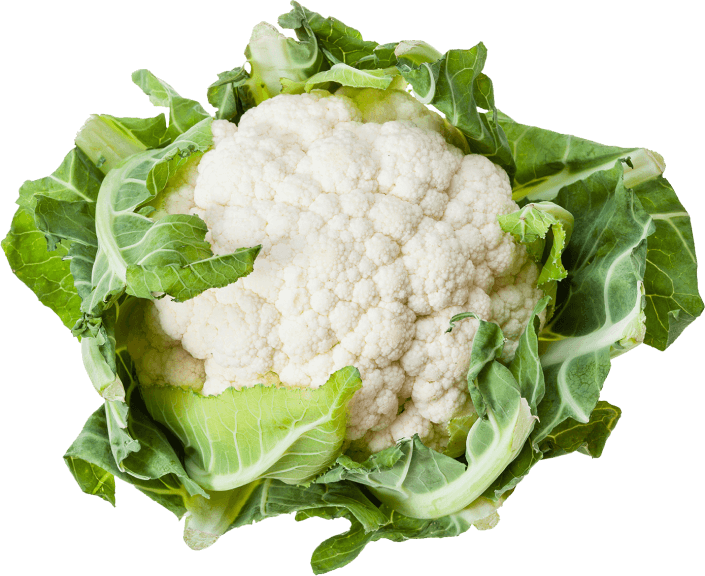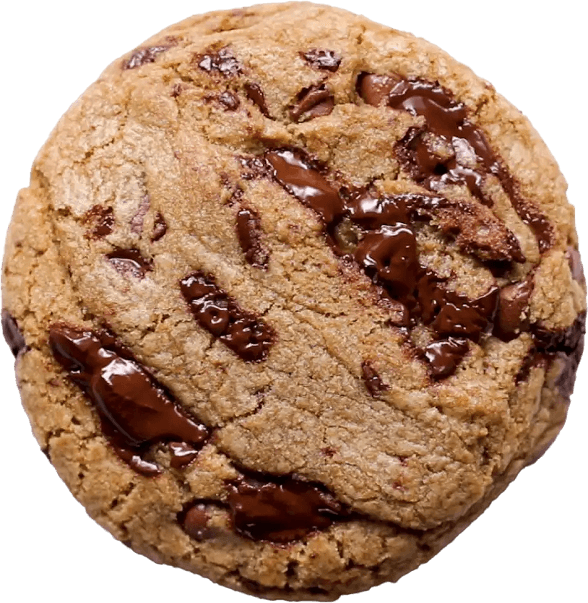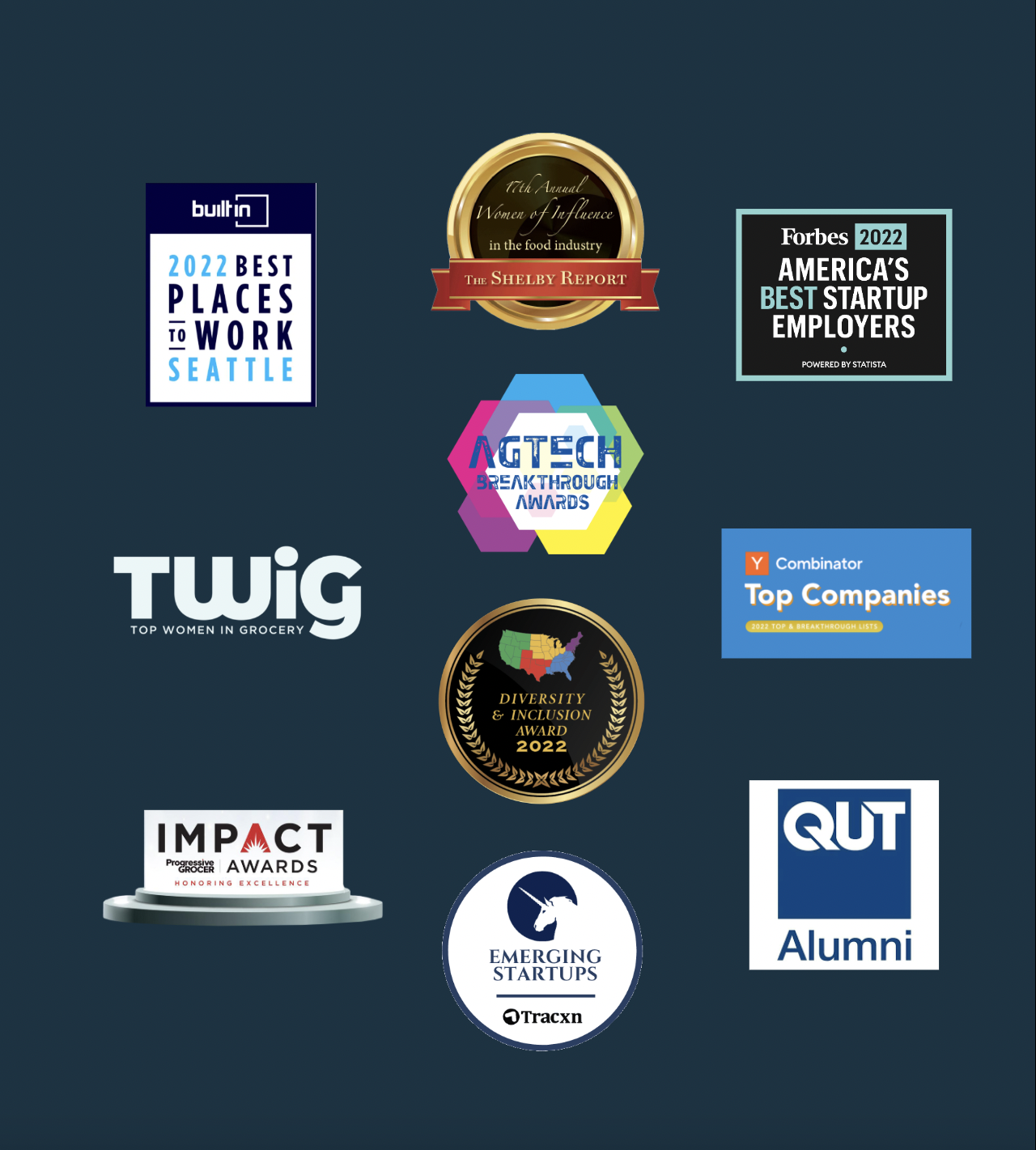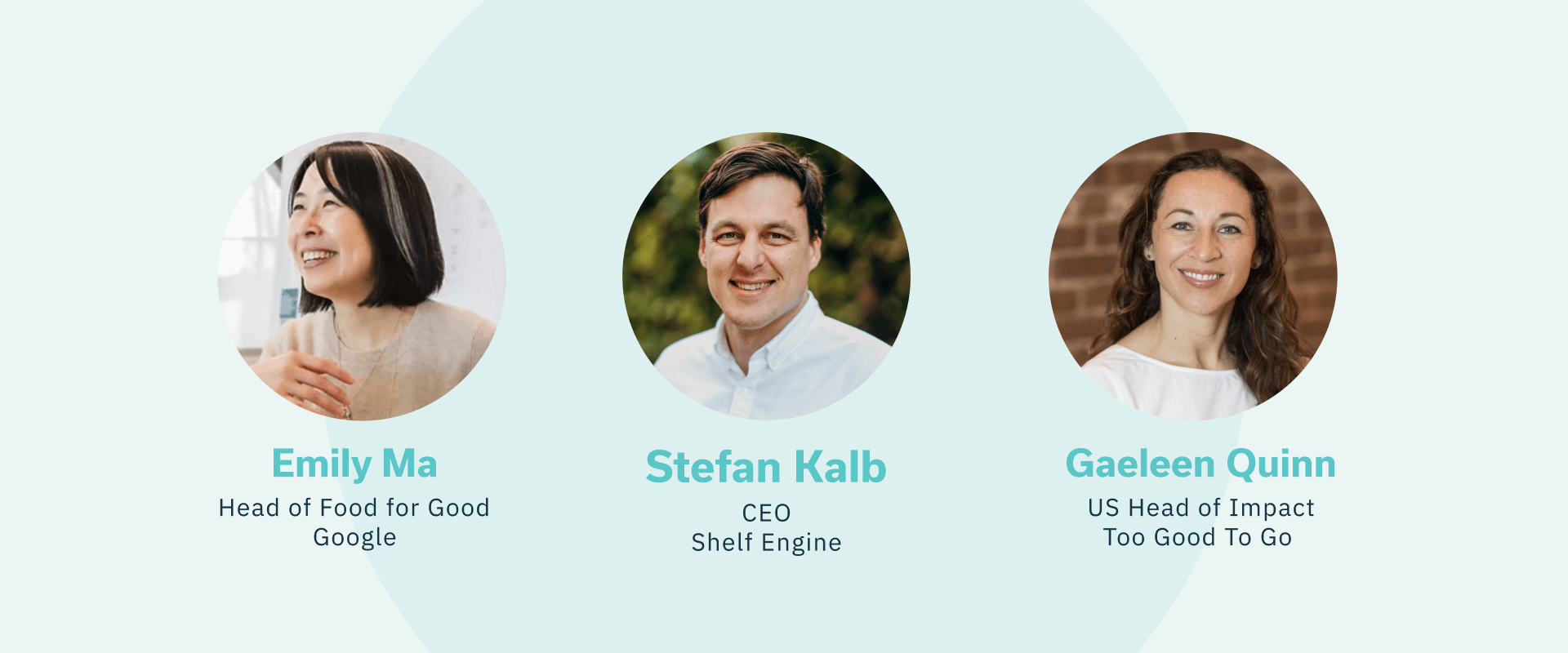This website uses cookies so that we can provide you with the best user experience possible. Cookie information is stored in your browser and performs functions such as recognising you when you return to our website and helping our team to understand which sections of the website you find most interesting and useful.
How Shelf Engine Helps Fight Food Waste in America

Rising temperatures. Raging droughts and forest fires. Reductions in agricultural yields, fisheries, and water supplies.
As the tangible effects of climate change take an increasing toll on natural habitats and human communities, here’s some food for thought. Food waste accounts for ten percent of the world’s total greenhouse gas emissions. In terms of food waste in America specifically, we throw out up to 40 percent of our food supply. That equals a whopping 133 billion pounds with a carbon footprint bigger than the entire airline industry.
What’s more, one-third of all food lost between farm and fork encounters an entirely fruitless fate, filling landfills (a major source of the potent greenhouse gas methane) rather than dinner plates. Wasted, too, are all the resources used to produce and transport this uneaten food. Think energy, water, and land—at a steep cost to forests, wildlife, and biodiversity.
Growing awareness of a growing problem: reducing food waste in America
It’s not all bad news, though. Thankfully, the world is taking notice. In 2015, the United Nations named zero hunger and food waste reduction as goals of its 2030 Agenda for Sustainable Development. That same year, the U.S. Department of Agriculture and Environmental Protection Agency teamed up to cut food waste in America by 50 percent over 15 years.
Awareness is rising at the local level, too, which is essential given that most food waste occurs in homes. Spurred in part by the pandemic, where increases in home-based meals lent insight into just how much food we’re capable of tossing, people are resolving to reduce their own food-waste footprints. In a Michigan State University survey, 88 percent of respondents said they’re taking increased actions to do just that. At the same time, shifting consumer attitudes are spurring businesses to prioritize sustainability, too.
Now’s the time for U.S. supermarkets to step up and heed that call. Collectively, grocery stores create at least ten percent of food waste in America—a number which is likely much higher. This has prompted appeals from organizations like the Center for Biological Diversity for grocers to eliminate all store waste by 2025.
Fortunately, the problem is fixable. Given supermarkets’ immense influence on our food system, they can also play a powerful role in scaling food waste solutions.
Enter Shelf Engine and our work to help preserve our planet by generating the most accurate food orders for supermarkets so they can stock what will sell—not what will spoil on the shelf. How do we do this? Let’s delve deeper into the challenges supermarkets face, our intelligent forecasting that’s already helping more than 2,000 retail locations dramatically decrease their food waste, and how conscientious consumers can also effect positive change where they shop.
A really big deal: supermarkets’ supersized challenges
Fun fact: Today’s supermarket shoppers have access to 40,000 more items than they did in the 1990s. Not-so-fun fact: More items translate into more waste, especially because most of these new SKUs are perishable.
Take deli sandwiches, for instance, 40-plus percent of which are wasted. Bread and fresh juice fare no better—more than 35 percent and 14 percent of both products, respectively, go unsold. And although 43 billion pounds of annual food waste in America stems from supermarkets, it’s clear the problem is much worse and that most stores’ waste figures can better be described as guesstimates.
When Shelf Engine analyzes a grocer’s data, we’re amazed by the consistent discrepancy between the store’s perceived and actual food waste. How large are these discrepancies? In one case, we discovered a store was discarding 54 percent of their produce. Their reported waste? A mere 12 percent.
What’s driving this divide? Surprisingly, so much supermarket waste simply never gets scanned out, or counted, when it’s tossed. What’s more, data that grocery retailers do have for their orders and sales often live in two separate areas. Pairing this data is no simple task, which means grocers often rely solely on their inaccurate scan-out data to determine how much food they’re wasting.
Many stores also shoot in the dark when it comes to ordering. Understandably, grocers want to keep shelves fully stocked. After all, stocked shelves equal happy customers. But most grocery managers still order products using antiquated methods (yes, even via pen and paper), again relying on hunches for how much food to order.
Though some stores do use computer-assisted ordering tools, such systems are highly susceptible to human error and weren’t designed with perishable (read: high-waste) products in mind. The result is tons, literally, of over-ordered—and ultimately, wasted—food that harms our environment and significantly adds to climate change while decreasing store profits.
Clearly, the industry could benefit from a great technological leap forward. That’s where Shelf Engine comes in.
Waste not, want not: Shelf Engine’s supersized solution
Launching consumer education campaigns, standardizing date labels, and optimizing packaging sizes are all viable food waste reduction solutions. And food donation, recycling, and composting programs can certainly play a part. But to truly tackle food waste in America, minimize its enormous carbon footprint, and make supermarkets more sustainable, we need to get to the root of the problem: overordering.
Eliminating human error and guesstimates, Shelf Engine’s intelligent forecasting uses machine learning and proprietary, predictive models to generate the most accurate orders of highly perishables for retailers. Each day, our AI successfully predicts orders for hundreds of fresh products in thousands of stores by pairing its sales data with real-world, real-time solutions—think holidays, storms, and school breaks.
But Shelf Engine’s technology doesn’t simply make ordering smarter. It also makes it easier. We handle the entire forecasting and ordering process, submitting purchase orders to suppliers on a retailer’s behalf.
Ultimately, it’s a waste-not, want-not solution. Our intelligent forecasting keeps supermarket shelves adequately stocked to realize all possible sales while also achieving a 32 percent average waste reduction. The supermarkets we partner with see, on average, a seven percent sales lift—a huge boon to their bottom line.
As for the planet’s bottom line, Shelf Engine has prevented 5.2 million pounds of food from reaching landfills. That translates to a decrease of more than 8,200 tons of carbon dioxide—the equivalent of taking almost 1,800 passenger cars off the road for a year. In the process, over 500 million gallons of water were saved—an amount that would fill 782 Olympic-sized swimming pools.
Help save the day: consumers’ supersized role in cutting food waste in America
The best part about food waste goals set by the UN, USDA, and EPA is that we can all lend a hand to meet them. And it’s critical that we do if we’re to address climate change and help save our planet.
Perhaps most important, there’s no time like the present to get started. If our dietary and waste trends continue down their current path, food-based greenhouse gas emissions are expected to increase by 400 percent by 2050.
Fortunately, we can do plenty to reduce our food waste at home, including composting, making weekly meal plans, and understanding sell-by dates. Labels are mostly meant to indicate quality, not safety, of foods. Unopened milk, for instance, typically stays fresh a full week past its listed date. Favoring foods with low carbon footprints (here’s to nuts and root vegetables) over those with high carbon footprints (we’re looking at you, meat and chocolate) also helps.
But we can also contribute to food waste solutions where we shop. This starts with engagement—letting our grocers know we care about eliminating food waste, including the importance of leveraging intelligent forecasting to accomplish this goal. Other ways we can help: Encourage supermarkets to give leftover food to soup kitchens and shelters and embrace imperfect produce. A slightly scuffed orange tastes just as sweet.
Remember this: US consumers spend $650 billion annually at grocery stores. With such enormous purchasing power, together we can all play a supersized role in making supermarkets more sustainable and reducing food waste in America.

Fresh, delivered.
from the Shelf Engine team.
By providing your email, you agree to the Shelf Engine Privacy Policy.





